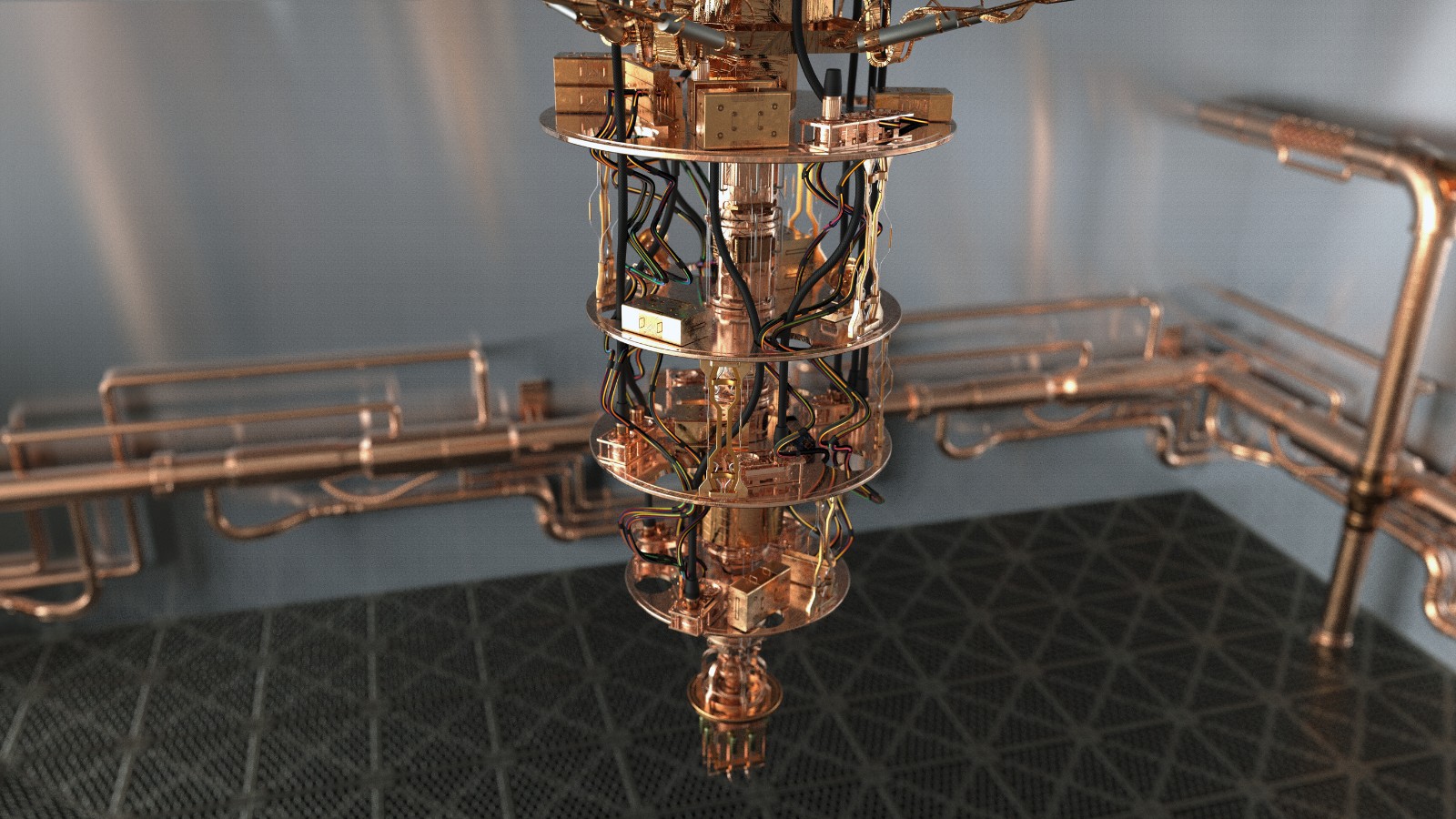Using Breakthrough Computational Tools for Drug Design and Discovery: AI/ML and Quantum Computing

Oxford Global’s Discovery US 2022 conference hosted a variety of presentations that discussed the use of computational tools in drug design and discovery. This insight article takes a look at one of these presentations in particular: it shows how quantum annealing is currently being used for drug discovery by using quantum annealers to analyse and rank colossal libraries of compounds faster than a classical computer ever could.
Small Molecules and Quantum Annealing
Shahar Keinan is Chief Executive Officer at POLARISqb, a company using quantum computers to design novel drug molecules. POLARISqb uses quantum annealers as their method of quantum computation which are game changers in tackling optimisation problems.
- $1.2m Quantum Computing Drug Discovery Grant Secured by Penn State Researchers
- Using ML with DEL: Philogen and Google Partner in New Study
- Leading Perspectives on Using AI Tools to Drive Drug Design
Optimisation problems are calculations with billions of possible solutions such as the famous ‘traveling salesman problem’ where a salesman must find the most efficient route to visit a number of cities one by one. “Quantum computers have the potential to solve optimisation problems over 500 times faster than a classical computer,” explained Keinan, and then exemplified using Chuck Bates’s analogy of a maze.
A classical computer trying to solve a maze would have to try each path individually, going back every time it reaches a dead end. This is because the states of a classical computer’s bits can only be either on or off. Whereas a quantum computer’s qubits can exist in a superposition of both on and off. Therefore, the quantum computer is able to follow all possible paths simultaneously, arriving at the exit much faster than a classical computer ever could.
Drug Design is an Optimisation Problem
Quantum annealing has been used to solve a variety of logistical optimisation problems, and now has been applied to drug design. Keinan explained that traditional drug design methods look at a small section of the billions of compounds in chemical space for binding and optimisation calculations. This can take many years and cost millions to produce sub-optimal compounds. POLARISqb however, is instead able to scan billions of molecules for binding and optimisation individually, rather than restricting this large space.
POLARISqb develops gigantic libraries of over a billion compounds. The compounds’ molecular properties are then formulated in a language that the quantum annealers can understand, called quadratic unconstrained binary optimisation (QUBO) polynomials. This phase culminates with each and every molecule in their billions pool being analysed and ranked.
The next phase makes use of computational chemistry tools, including AI/ML and 3D matching, to narrow the pool down further, to about 5000. QM/MM calculation then confirms the binding affinity of the remaining compounds with very high accuracy. 20–50 synthetically accessible molecules that fulfil the necessary criteria are then selected for further study in the lab.
Keinan finished her presentation by taking the audience through some case studies in how their quantum annealers have already been used to assist in drug discovery. As we enter the future of drug discovery, it seems like the way in which new medicinal compounds are found and optimised will be marked by these innovative new technologies.
Our Organ Modelling Discovery Congress addresses an important and expanding field which provides new understandings in organ functionality and novel approaches to drug development.





.png)

